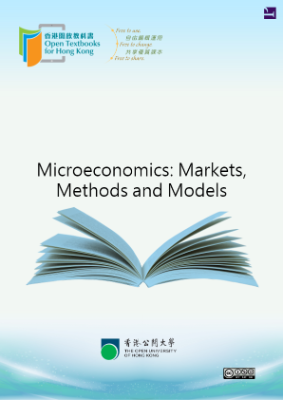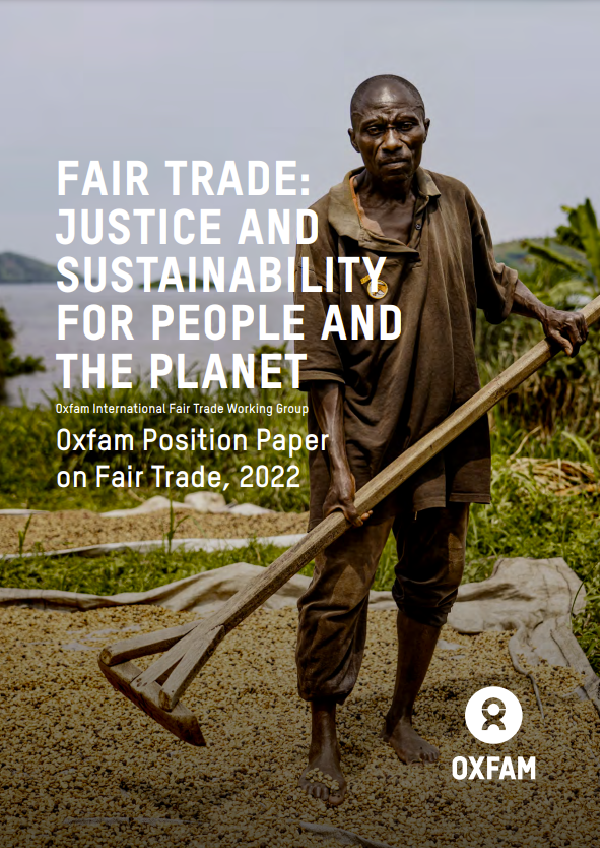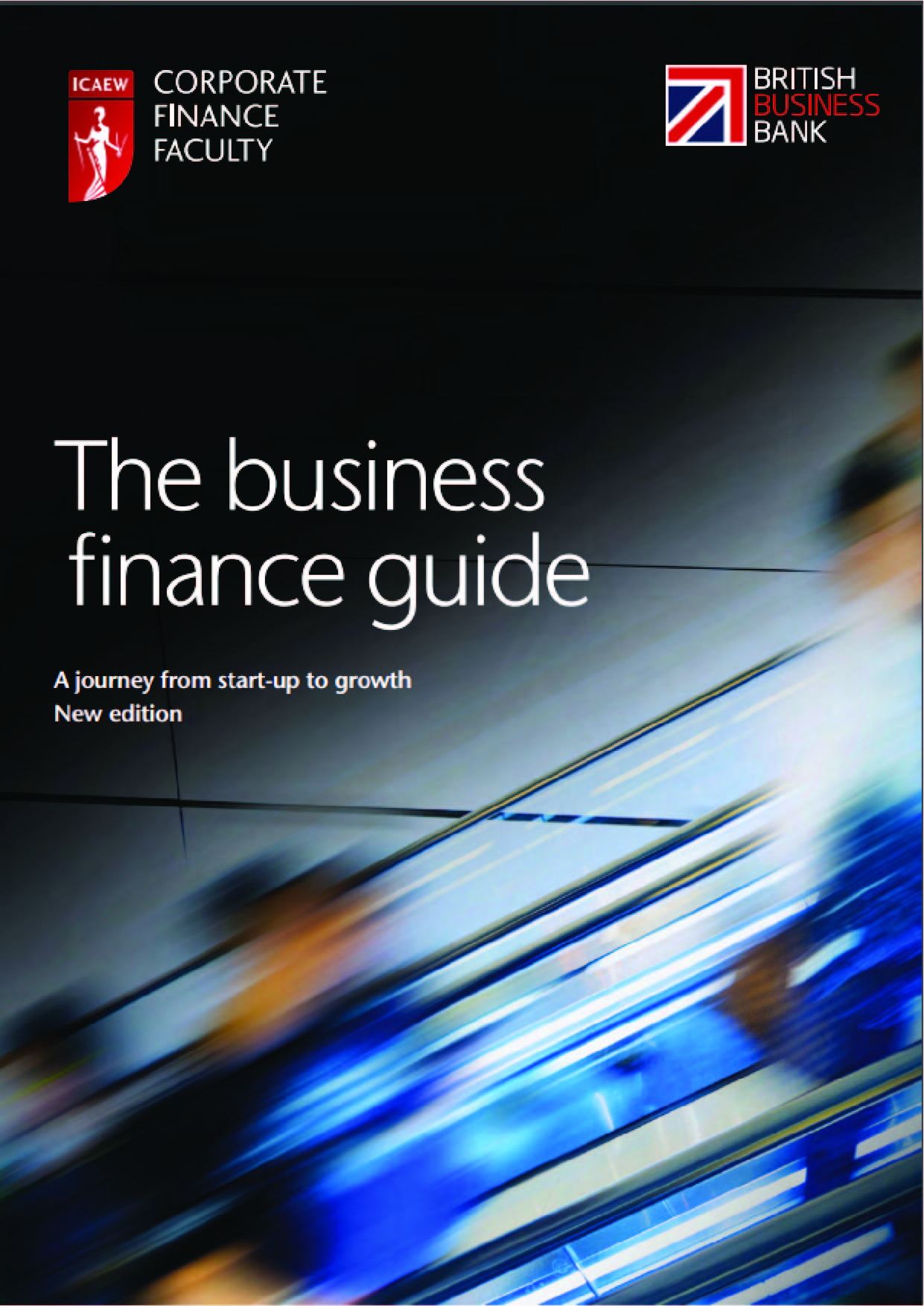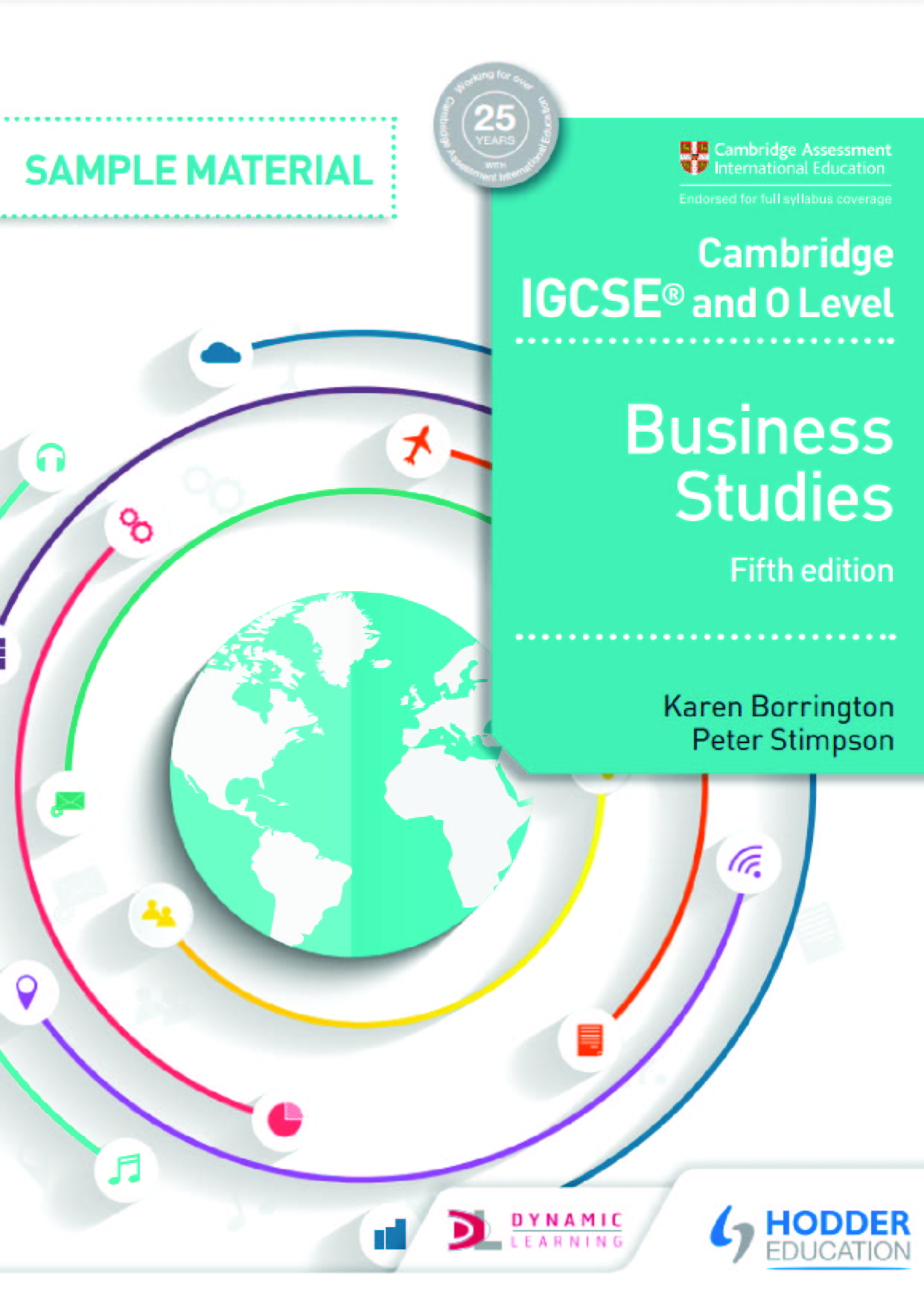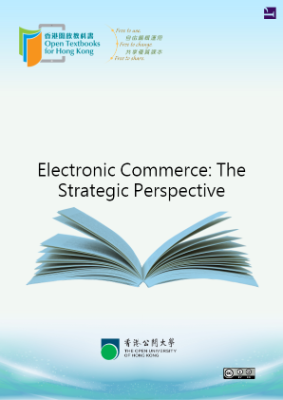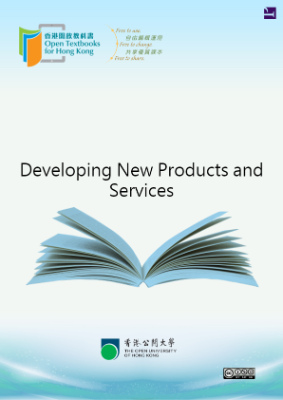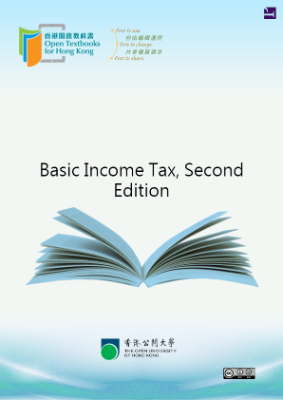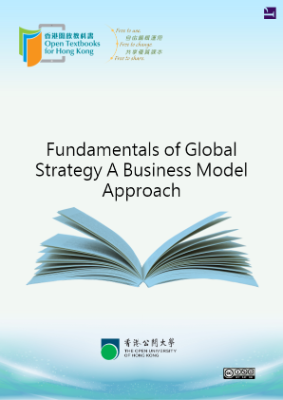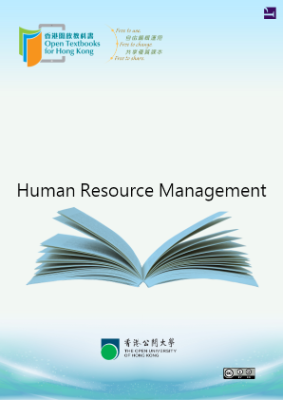Part One: The Building Blocks
Economics is a social science; it analyzes human interactions in a scientific manner. We begin by defining the central aspects of this social science – trading, the marketplace, opportunity cost and resources. We explore how producers and consumers interact in society. Trade is central to improving the living standards of individuals. This material forms the subject matter of Chapter 1. Methods of analysis are central to any science. Consequently we explore how data can be displayed and analyzed in order to better understand the economy around us in Chapter 2. Understanding the world is facilitated by the development of theories and models and then testing such theories with the use of data-driven models. Trade is critical to individual well-being, whether domestically or internationally. To understand this trading process we analyze the behaviour of suppliers and buyers in the marketplace. Markets are formed by suppliers and demanders coming together for the purpose of trading. Thus, demand and supply are examined in Chapter 3 in tabular, graphical and mathematical form.
Introduction to key ideas
Learning Objectives
In this chapter we will explore:
- What it is all about
- The use of models in science
- Opportunity cost
- Exchange and specialization
- Production possibilities for the economy
- Output, growth and cycles
What’s it all about?
Economics is the study of human behaviour. Since it uses scientific methods it is called a social science. We study human behaviour to better understand and improve our world. During his acceptance speech, a recent Nobel Laureate in Economics suggested:
Economics, at its best, is a set of ideas and methods for the improvement of society. It is not, as so often seems the case today, a set of ideological rules for asserting why we cannot face the challenges of stagnation, job loss and widening inequality. Christopher Sims, Nobel Laureate in Economics 2011
This is an elegant definition of economics and serves as a timely caution about the perils of ideology. Economics evolves continuously as current observations and experience provide new evidence about economic behaviour and relationships. Inference and policy recommendations based on earlier theories, observations and institutional structures require constant analysis and updating if they are to furnish valuable responses to changing conditions and problems.
Much of today’s developed world faces severe challenges as a result of the financial crisis that began in 2008. Unemployment rates among young people are at historically high levels in several economies, government balance sheets are in disarray, and inequality is on the rise. In addition to the challenges posed by this severe economic 2 cycle, the world simultaneously faces structural upheaval: overpopulation, climate change, political instability and globalization challenge us to understand and modify our behaviour. These challenges do not imply that our world is deteriorating. Literacy rates have been rising dramatically in the developing world for decades; child mortality has plummeted; family size is a fraction of what it was 50 years ago; prosperity is on the rise in much of Asia; life expectancy is increasing universally and deaths through wars are in a state of long term decline.
These developments, good and bad, have a universal character and affect billions of individuals. They involve an understanding of economies as large organisms with interactive components. The study of economies as large interactive systems is called macro. Technically, macroeconomics approaches the economy as a complete system with feedback effects among sectors that determine national economic performance. Feedback within the system mean we cannot aggregate from observations on one household or business to the economy as a whole. Application Box 1.1 gives an example.
Macroeconomics studies the economy as system in which feedbacks among sectors determine national output, employment and prices.
